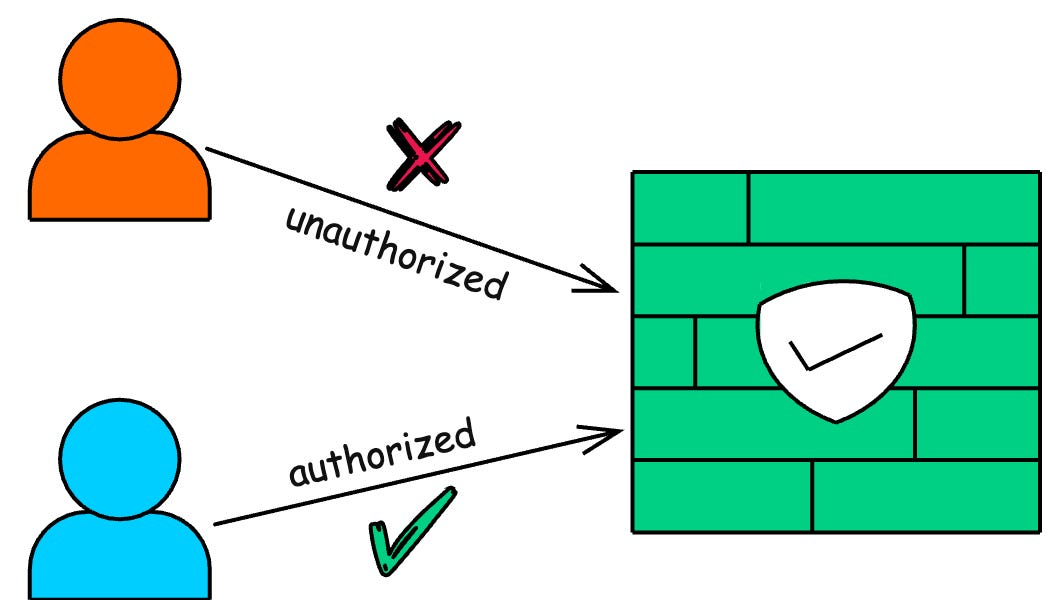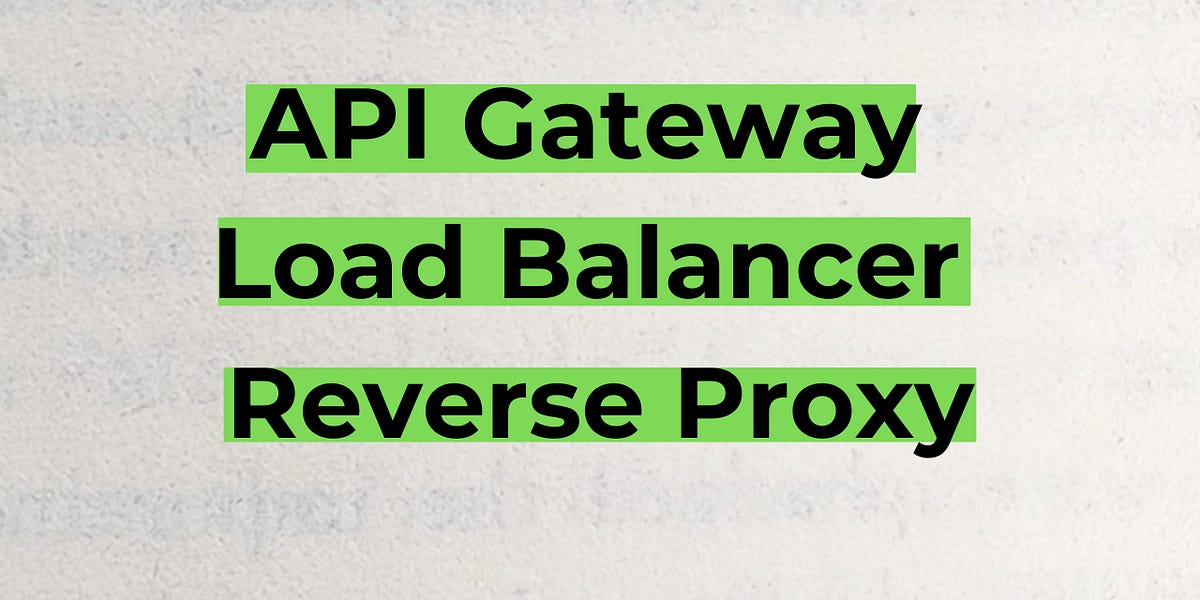
Happy Monday! ☀️
Welcome to the 182 new hungry minds who have joined us since last Monday!
If you aren't subscribed yet, join smart, curious, and hungry folks by subscribing here.

📚 Software Engineering Articles
Understand the differences between API Gateway, Load Balancer, and Reverse Proxy
Master the 10 essential system design questions
Python to Go migration improved pipeline performance by 300%
Discover proven best practices for building production-ready AI agents
Learn how Stripe's CTO built his career without Leetcode
🗞️ Tech and AI Trends
Meta's Hypernova smart glasses revolutionize AR with wristband control
Spotify adds messaging to boost social music sharing
World's largest sand battery launches in Finland
👨🏻💻 Coding Tip
PostgreSQL LATERAL joins unlock efficient hierarchical data processing in complex queries
Time-to-digest: 5 minutes
Big thanks to our partners for keeping this newsletter free.
If you have a second, clicking the ad below helps us a ton—and who knows, you might find something you love. 💚
In today's market, control is key.
Percent gives you direct access to private credit deals where you choose the yield, duration, and risk level that fit your strategy.
With average deal terms under 10 months and potential for monthly payouts, you can accelerate your outcomes without the long liquidity lockup of venture capital.
Readers of Hungry Minds get a bonus of up to $500 on their first investment.

Salesforce tackled the massive challenge of managing 150K+ monthly test failures across 6M daily tests by building an AI-powered Triage Agent. Their solution combines FAISS semantic search with LLM reasoning to help 500+ engineers debug faster and smarter.
The challenge: Processing 78B test combinations daily while keeping developer sanity intact - with failures taking 7 days on average to resolve.
Implementation highlights:
Smart semantic search: FAISS-based indexing delivers similar failure patterns in under 30s
Context-rich analysis: Embeddings capture stack traces, code snippets, and changelists
Hallucination-proof: LLM reasoning layered on historical data, not pure AI generation
Async processing: Real-time failure analysis without blocking CI/CD pipelines
Progressive rollout: Started with 20 devs, validated, then scaled to 500+
Results and learnings:
30% faster debugging: Dramatic reduction in time-to-resolution
High adoption: Developers trusted the system due to low false positives
Scalable solution: Successfully handles 150K+ monthly failures
Finding bugs is like finding your keys - they're always in the last place you look. But with Salesforce's AI triage system, it's more like having a friend who always remembers where you put them.

ARTICLE (api-wizardry-101)
Everything I know about good API design
ARTICLE (cto-says-no-leetcode)
Stripe CTO on What Grew His Career, Hiring Without Leetcode, Coding as a Leader
ARTICLE (aws-secrets-revealed)
The Pulse #144: Rare look into AWS’s PR/FAQ process
ARTICLE (https-magic-trick)
How HTTPS Makes the Web Secure?
ARTICLE (vibe-check-failed)
Vibe coding is not the same as AI-Assisted engineering.
ARTICLE (slow-mo-fast-mode)
How to Make Things Slower So They Go Faster
ARTICLE (python-to-go-zoom)
From Python to Go: Why We Rewrote Our Ingest Pipeline at Telemetry Harbor
ARTICLE (review-like-a-boss)
How to Scale Code Reviews
ARTICLE (cli-robot-buddy)
Building your own CLI Coding Agent with Pydantic-AI
ARTICLE (workers-unite-react)
Unlocking Web Workers with React: A Step-by-Step Guide
ARTICLE (font-crimes-exposed)
You're loading fonts wrong (and it's crippling your performance)
Want to reach 190,000+ engineers?
Let’s work together! Whether it’s your product, service, or event, we’d love to help you connect with this awesome community.

Brief: Meta announces its first consumer AR glasses with a display, priced at $800, alongside a gesture-control wristband, set to debut at Connect next month in partnership with EssilorLuxottica.
Brief: Google’s Gemini 2.5 Flash Image model, nicknamed "nano banana," boosts AI image editing by maintaining consistency across edits and merging images seamlessly, now available in the Gemini app.
Brief: Spotify introduces direct messaging for sharing songs, podcasts, and audiobooks, letting Free and Premium users chat and react with emojis without leaving the app.
Brief: Finland activates a 100 MWh sand battery in Pornainen, cutting local heating emissions by 70% and storing renewable energy as heat for weeks at 90% efficiency.

This week’s coding challenge:
This week’s tip:
Use niche PostgreSQL LATERAL joins to efficiently process hierarchical data with correlated subqueries. LATERAL allows subqueries in the FROM clause to reference columns from preceding items, enabling powerful hierarchical data processing patterns.

Wen?
Complex reporting queries: Perfect for scenarios where you need to find top N records per group with additional filtering or aggregations.
Hierarchical data analysis: Efficient for parent-child relationships where child queries need context from parent rows.
Performance optimization: Can outperform traditional subqueries or window functions when working with large datasets and selective filters.
“Discontent is the first necessity of progress.”
Thomas Edison


That’s it for today! ☀️
Enjoyed this issue? Send it to your friends here to sign up, or share it on Twitter!
If you want to submit a section to the newsletter or tell us what you think about today’s issue, reply to this email or DM me on Twitter! 🐦
Thanks for spending part of your Monday morning with Hungry Minds.
See you in a week — Alex.
Icons by Icons8.
*I may earn a commission if you get a subscription through the links marked with “aff.” (at no extra cost to you).






